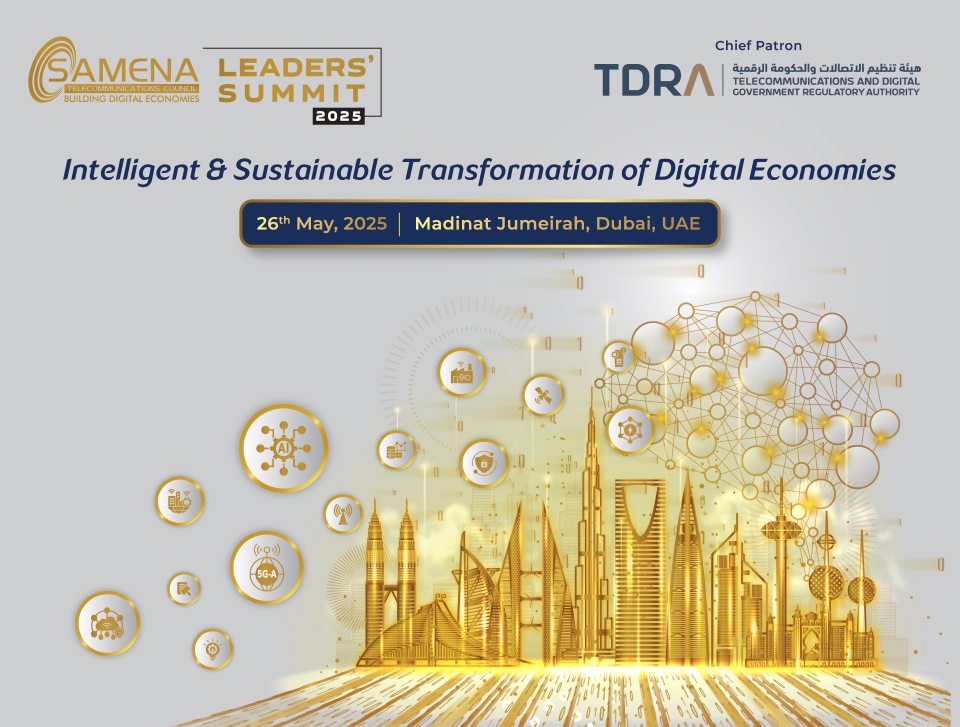As the Internet of Things (IoT) comes into focus, a majority of organizations across the world are trying to understand its role and relevance to their growth. IoT already connects more than 10 billion devices worldwide and over the next five years, this number is expected to grow to 100 billion. By 2025, IoT will generate economic benefits between USD 4 to 11 trillion globally. By all indications, IoT is a logistical and economic force that every organisation should address.
The Internet of Things (IoT) - How Real is it Today?, a recent white paper from Frost & Sullivan's Digital Transformation practice, explores disruptive opportunities in IoT across the automotive, healthcare, energy and manufacturing industries with GCC-specific examples. Key global players in the region include Siemens, Real-time Innovations, and Texas Instruments.
In the Middle East, the Gulf Cooperation Council (GCC) countries, which lead in smart cities and smart government initiatives, will see high adoption of IoT for smart transportation. There are already examples of integration, like the driverless car powered by solar energy at Masdar City in Abu Dhabi. Similarly, the healthcare market in the region holds robust potential for IoT as new and existing hospitals in the GCC compete to be the most innovative and advanced in the region. In 2016, there were over 100 projects related to new hospital construction or improvement of existing hospitals. The combined construction value of these projects was USD 18.70 billion.
IoT is fuelling several growth opportunities across verticals. For instance:
Poor information availability due to a lack of cyber infrastructure and connectivity is, however, a key challenge for the global IoT market. With distributed network architecture, information is scattered across several repositories that often fail to integrate and provide valuable insights in critical situations. This highlights the need for a centralised architecture that can seamlessly communicate among distributed data sources and provide real-time information when required.
"Convergence with emerging technologies, such as Big Data and context-aware computing, can help address IoT security issues," noted Haritha. "Context-aware access control is one of the future areas to be explored by developers in this regard. Leveraging converged technology capabilities could enable accurate analysis of user data, provide access rights, and deliver a secured environment for IoT in the coming years."
